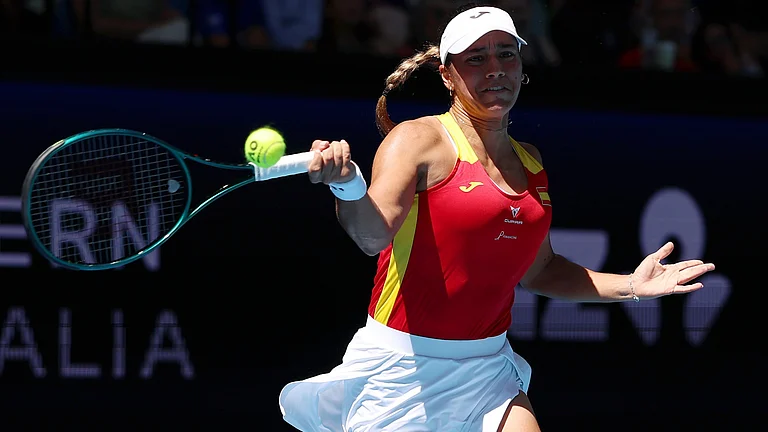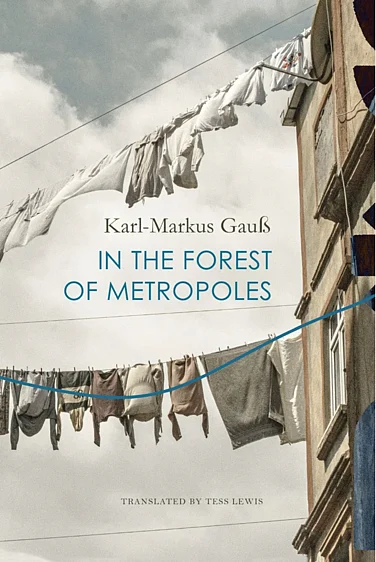The action begins on the morning of December 12, 1911, in Delhi where King George V and Queen Mary are to grace the Coronation Durbar in their honour. Word’s gone around to all the maharajahs that they are expected to pay homage to their sovereign. They are to be dressed in their regalia and follow a prescribed routine: approach their majesties on foot, stand at a respectable distance, bow their heads thrice, retreat three steps before they turn around to go back. Or else!
The princes do not like to be humiliated in this manner. But only one of them has the guts to show his resentment: Sayaji Rao Gaikwad III, Maharaja of Baroda, the fourth richest princely state of India. Instead of carrying his bejewelled sword, he carries his walking stick; instead of bowing three times, he bows only once; instead of retreating three steps, he turns around and walks away. His demeanour is noted by the hawk-eyed Viceroy Lord Curzon. Baroda is already on the blacklist of the British rulers for hobnobbing with nationalist leaders. So is his Maharani Chimnabai, a powerful woman in her own right. The Gaikwad is asked to explain his conduct. The threat of being deposed hangs over his head. He makes an abject apology and assures the rulers of his unflinching loyalty to their Britannic Majesties.
The story of the princes goes back in history. As the British expanded their empire, one after the other ruling princes came to terms with them. At the end of the Maratha Wars in 1818, all the Maratha rulers including Baroda accepted British suzerainty. Punjab’s ruling families did so even before the Sikh kingdom was annexed in 1849.
Nevertheless, some princes harboured illusions of sovereignty. The British thought it wise to periodically squash their pretensions to royalty. The three states Moore deals with are Baroda, Jaipur and Cooch Behar. How the three states entered into matrimonial alliances reads like an Indian fairy-tale. Princess Indira Raje of Baroda, engaged to marry an older, pot-bellied Scindia of Gwalior, meets the handsome Jitendra of Cooch Behar, responds to his overtures and much to the chagrin of her parents, elopes with her lover and marries him. In due course, her daughter Gayatri Devi, who has inherited her mother’s looks, falls in love with Maharaja Mansingh of Jaipur and agrees to become his third—and favourite—wife.
Another thing the princely families had in common was plenty of time for shikar, racing, gambling in casinos, throwing lavish parties with caviar and champagne. Though they had to get the British government’s permission to go abroad, they often managed to get away. The dividing line between their states’ exchequers and what they spent on their pleasures is blurred. The Gaikwads, despite great show of concern for their subjects, took abroad with them an entourage of 55, including a pandit, a tailor, a doctor, cooks carrying groceries and two cows. And once out of surveillance, all of them threw huge parties. They bought whatever met their fancy. Their women folk let down their hair and went to town: amongst them, the exotic Indira who, after she lost her husband, became a toast of British aristocracy. The incidence of liquor-related deaths among them was extremely high. The only apt word for their squandermania is obscene.
The outstanding figure in maharanis is Gayatri Devi, Dowager Rajmata of Jaipur. She was once listed among the 10 most beautiful women of the century. At 86, she still retains her youthful charm combined with regal snobbery. She has seen her world change beyond recognition. Starting in Cooch Behar as a bit of a tomboy, she adjusted herself to what was expected of the Maharani of Jaipur. She shared her husband’s passion for polo. After he died being crushed under his polo pony, she devoted herself to opening a chain of schools. Perhaps the most dramatic period of her life was winning her way to the Lok Sabha as leader of the Swatantra Party. She fell foul of Prime Minister Indira Gandhi whom she had known since their short period together in Shantiniketan. Indira could not stomach a woman more good-looking than herself and insulted her in Parliament, calling her a bitch and a glass doll. Gayatri Devi brought the worst out in Indira Gandhi: her petty, vindictive side. When she declared the Emergency, Gayatri Devi was among her first victims. She had her Jaipur palaces ransacked by income-tax inspectors. All they found was petty cash. Nevertheless, Indira had her locked up in Tihar Jail. When Sanjay Gandhi got killed in a plane crash, Gayatri rang up Indira to offer her condolences. Indira refused to take her call.
I can’t vouch for all the facts Moore’s marshalled together but I can vouch for its readability. It is absorbing. But the publishers should have been more careful: some names have been misspelt. For instance, Nehru’s defence minister Sardar Baldev Singh is spelt Baldar Singh which is just short of making him hairless—no minor tragedy for a Sikh.























